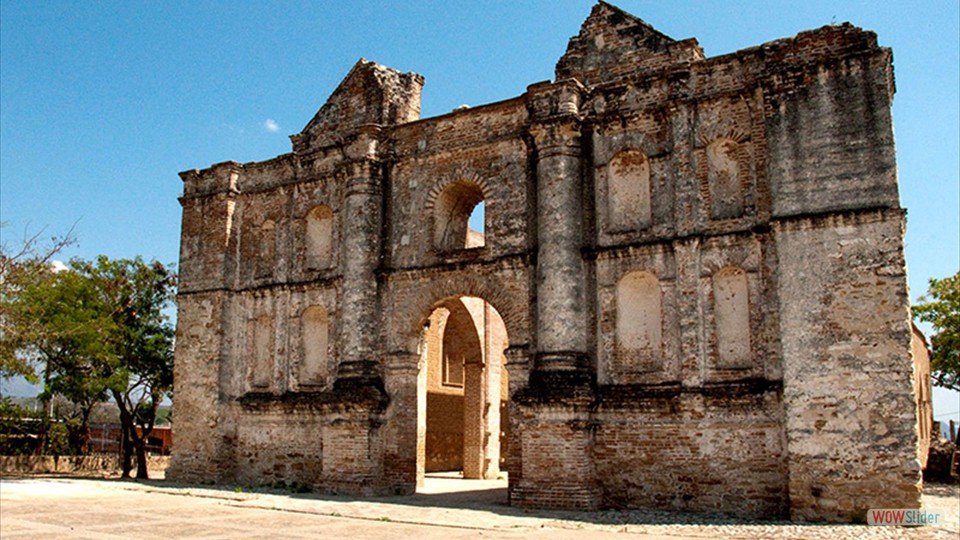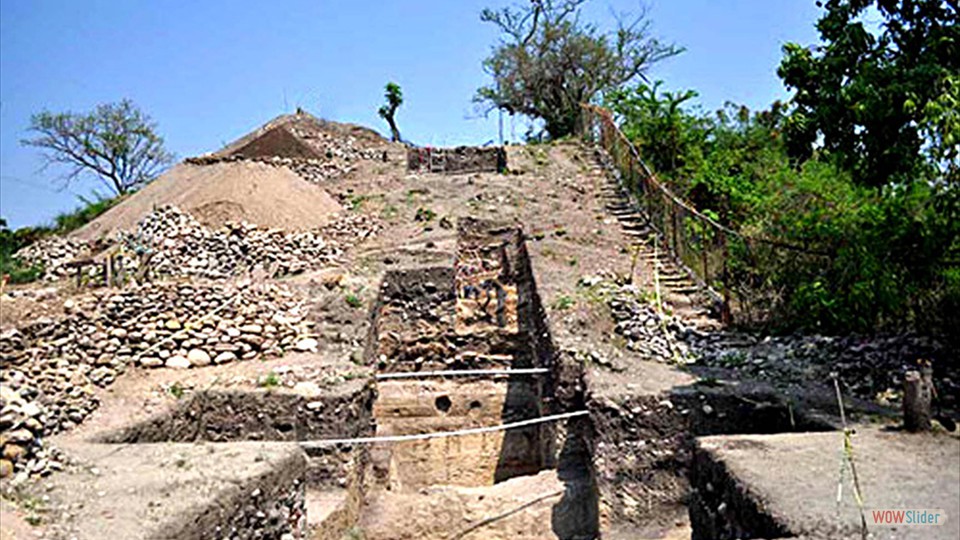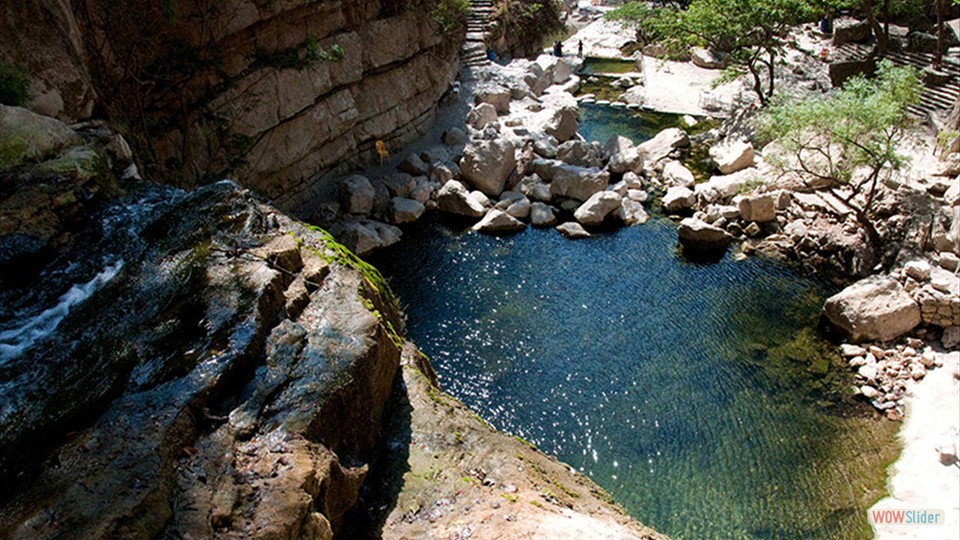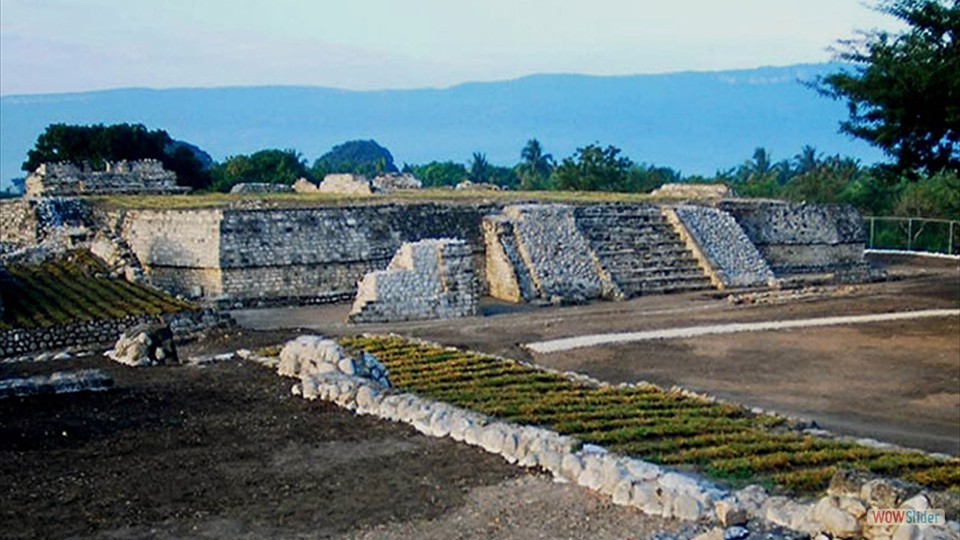Chiapa de Corzo at its height during the Late Formative period, was a regional center or capital of the area and controlled trading routes through the Grijalva river valley. The modern township of Chiapa de Corzo, was founded in Colonial times, after which the site was named, is nearby. The site shows evidence of continual occupation since the Early Formative period ca. 1400 B.C.E.. The mounds and plazas at the site, however, date to approximately 700 B.C.E. with the temple and palace constructed during the Late Formative, perhaps 400 B.C.E. to 200 C.E. Around 300 B.C.E., however, formal construction declined. At about the same time, Maya pottery types began to be included in elite burials, although utilitarian ceramics retained traditional patterns. This has suggested to some researchers, that the Maya culture to the east exerted influence or even control over Chiapa de Corzo, although there seems to be a waning of that Maya influence in the first centuries C.E.. It was during this time that the ancient platform mounds were covered with limestone and stucco.
Copyright: © 1999 thru 2021. All the content; content being images, statements and writing of this website including E-Book are the copyright of Freedom8.net and Walter F. Petrucci, West Hurley, New York.
All rights expressly reserved and as such, protected by U.S. and International Copyright Laws. Design by freedom8 webmaster Version8.







 1
1 2
2 3
3 4
4 5
5 6
6